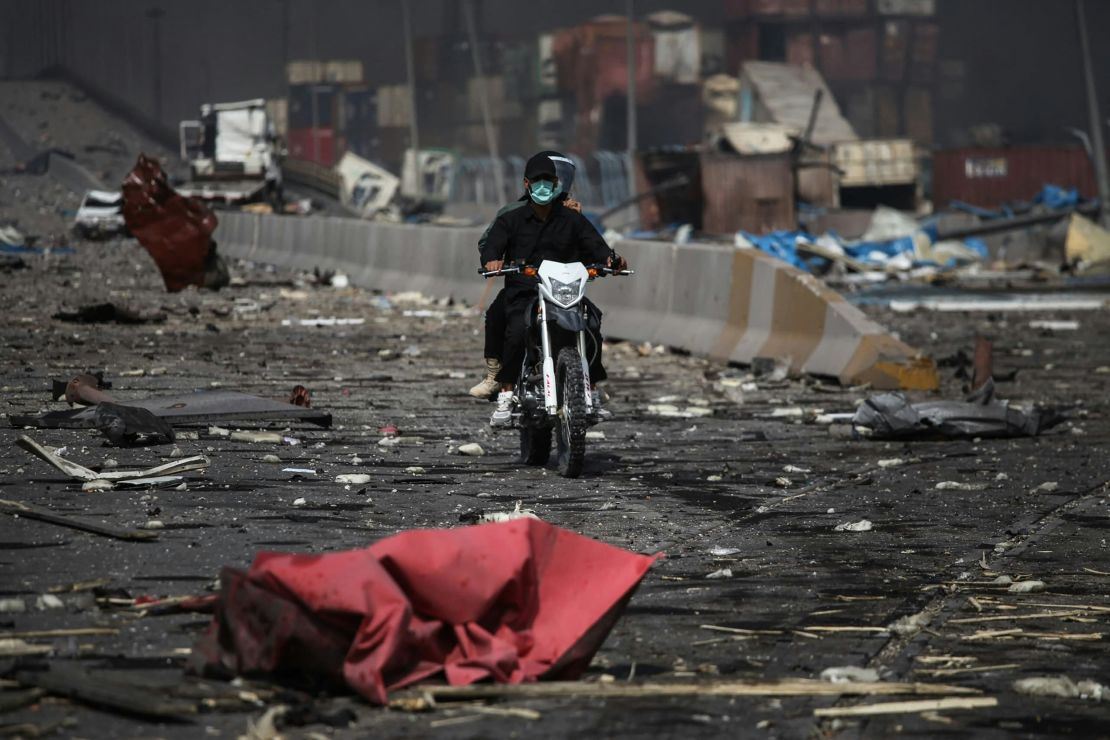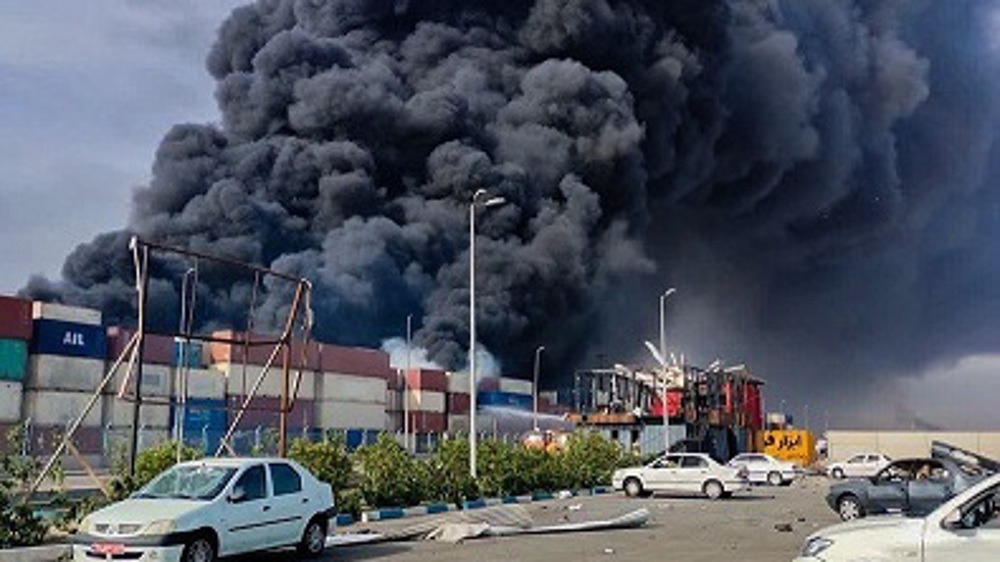At least 40 people were killed and around 1,000 injured after a massive explosion rocked the port of Bandar Abbas in Iran on Saturday. The cause of the blast has not been officially confirmed, but unverified reports suggest that chemicals potentially linked to missile fuel may have been involved.
Eyewitnesses and video footage reveal that the incident began with a small fire among shipping containers, which quickly escalated into a much larger explosion. Footage distributed by the Fars news agency shows workers moving away from a fire before the video abruptly cuts off with the massive blast. Emergency teams, supported by aircraft spraying seawater, managed to contain about 80% of the fires by Sunday afternoon, according to Iranian state media.
The Associated Press reported that 190 of the injured remain hospitalized, citing Pir Hossein Kolivand, head of Iran’s Red Crescent Society. The full extent of the damage is still being assessed, and efforts to fully extinguish the fire were ongoing as of Sunday.
Suspicion surrounding the cause of the explosion intensified after reports indicated that shipments of critical chemicals for Iran’s ballistic missile program, including sodium perchlorate, had recently arrived at the port. CNN previously reported in February and March that vessels carrying hundreds of tons of this chemical had docked at Bandar Abbas. Sodium perchlorate is a vital ingredient in the solid fuel used for ballistic missiles.
Iranian officials, however, have denied that any military materials were stored at the port. The national oil company also emphasized that the explosion did not involve refineries, fuel tanks, or oil pipelines in the area. Ebrahim Rezaei, a spokesman for Iran’s parliamentary national security committee, asserted on social media that initial investigations indicated no link to Iran’s defense sector.
State-run media reported that the blast was likely triggered by hazardous chemical materials stored at the port, but specifics were not disclosed. Iran’s Customs Administration attributed the disaster to a stockpile of dangerous goods, while the Islamic Republic News Agency echoed this explanation without detailing the substances involved.
In response to the tragedy, Iranian President Masoud Pezeshkian visited Bandar Abbas on Sunday to oversee the relief efforts and meet with survivors. “We have to find out why it happened,” Pezeshkian said during a televised meeting with local officials. Meanwhile, regional governor Mohammad Ashouri announced three days of mourning.
The disaster occurs amid heightened regional tensions and ongoing sensitive negotiations between Iran and the United States regarding Tehran’s nuclear activities. Nonetheless, no Iranian official has suggested that the explosion was an act of sabotage or attack.

Images and videos from the port, analyzed by CNN, show thick orange-brown smoke rising from the container area — a sign that chemicals such as sodium perchlorate or ammonia might have been involved. Experts, however, noted that other materials could have caused the blast. Andrea Sella, a chemistry professor at University College London, suggested that ammonium nitrate — a common fertilizer and industrial explosive — could also explain the devastation, especially if stored improperly.
The possibility that sodium perchlorate was involved carries significant implications. Intelligence sources previously told CNN that shipments of the chemical from China to Iran could enable production of hundreds of solid rocket motors for Iran’s ballistic missiles, such as the Kheibar Shekan and Haj Qasem models. Although sodium perchlorate is not classified as a controlled export by China, its dual-use nature raises international concerns.
The Chinese Foreign Ministry stated earlier this year that their exports abide by international norms, emphasizing that sodium perchlorate sales are considered standard commercial transactions.
As investigations continue, the explosion at Bandar Abbas has exposed critical questions about hazardous material management at Iranian ports and raised fresh concerns about the security and oversight of dual-use chemical shipments.



